Why is purple not used on national flags?
Categories: Culture | History | Nations
By Pictolic https://pictolic.com/article/why-is-purple-not-used-on-national-flags.htmlThere are currently 193 countries in the world, and each has its own national flag, which differs in design. But all flags have one thing in common, and it is not the shape (for example, the flag of Nepal is not rectangular). This feature is the absence of purple in their palette. But why has no one used such a beautiful and noble shade? The answer to this question is quite unexpected.
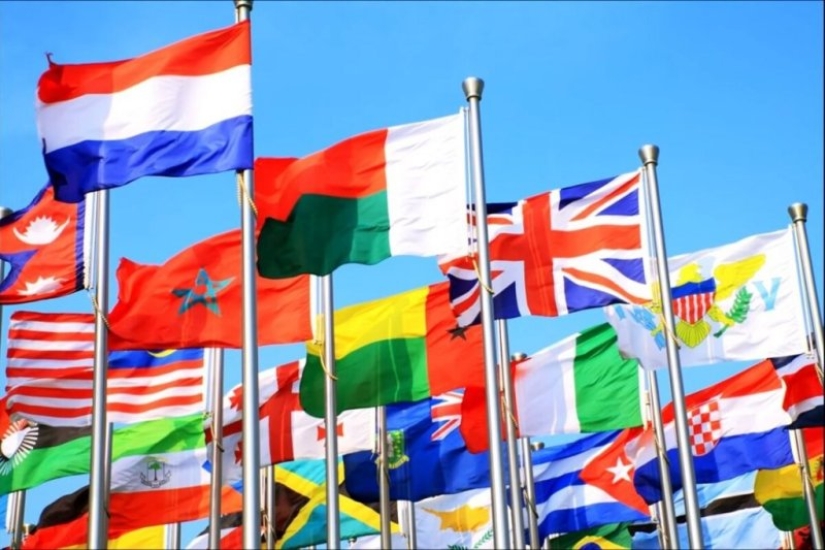
The secret lies not in the attitude to color or even in religious and cultural traditions, which are different everywhere. The reason for abandoning purple is banal economy. Until the end of the 19th century, purple dye was the most expensive in the world. It was extracted in only one way - from sea mollusks of the family of prickly pears, living in warm seas.

These sea creatures were used to extract purple paint of different shades by the Phoenicians. The first mention of the dye was found in Egyptian papyri from 1600 BC. Iglyankas are small mollusks, and to obtain 100 grams of pigment, it was necessary to process about 10 thousand. This process was so labor-intensive and expensive that purple fabric became a symbol of luxury and power.
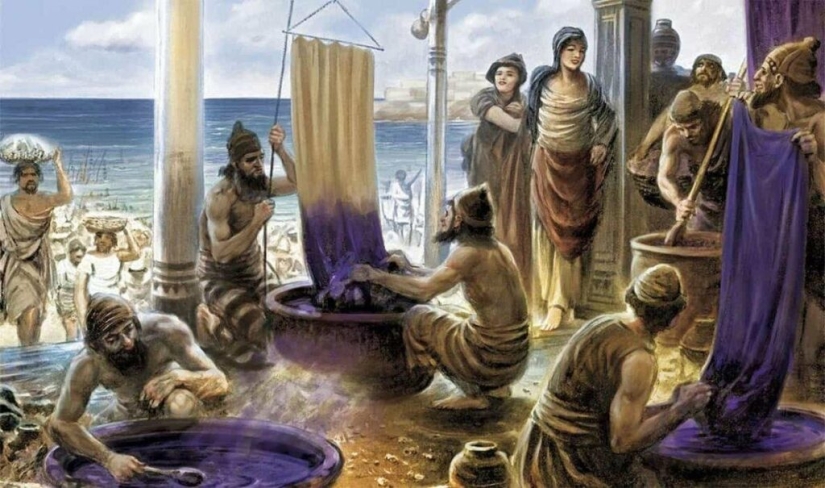
For thousands of years, purple dye was the most expensive and fabric dyed purple was called purple. Roman and Byzantine emperors and Ottoman sultans wore clothes made of it. Purple silk in the era of Augustus cost a fortune - 150 thousand denarii per pound (about 400 grams), which in today's money would be more than 2.5 million rubles. Byzantine emperors also preferred purple fabrics, considering them a symbol of their divine power. Even in the Ottoman Empire, sultans wore purple robes, emphasizing their power.
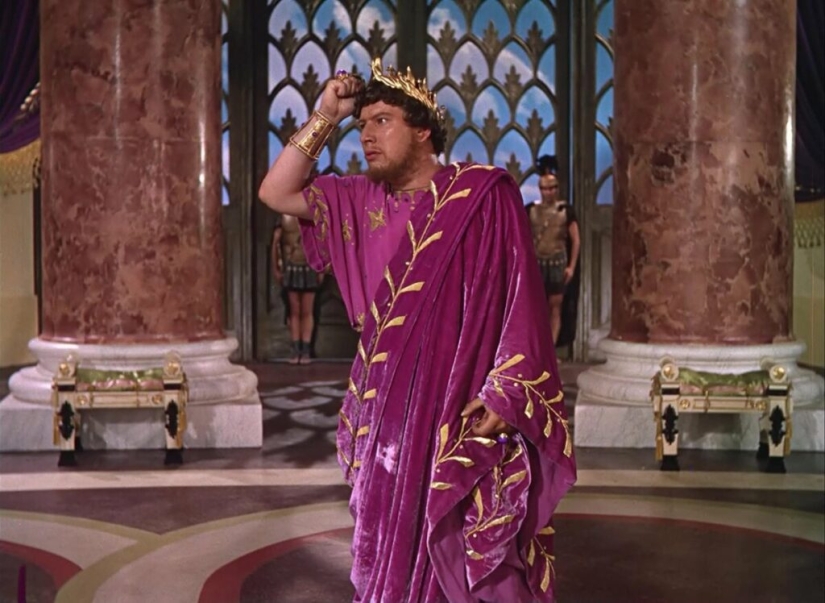
In ancient times, purple dye was produced on an industrial scale only in two cities, Tire and Sidon, located in what is now Lebanon. Archaeological excavations in Sidon have revealed vast quantities of mollusc shells, indicating millennia of purple pigment production.
Everything changed in the late 19th century, when German chemist Adolf Bayer discovered a way to synthesize purple pigment artificially. In 1883, the scientist was able to create an analogue of plant indigotine, and soon other methods of producing purple dye appeared. Bayer was awarded the Nobel Prize in 1905 for his achievements in chemistry, and since then the cost of purple dye has dropped significantly.
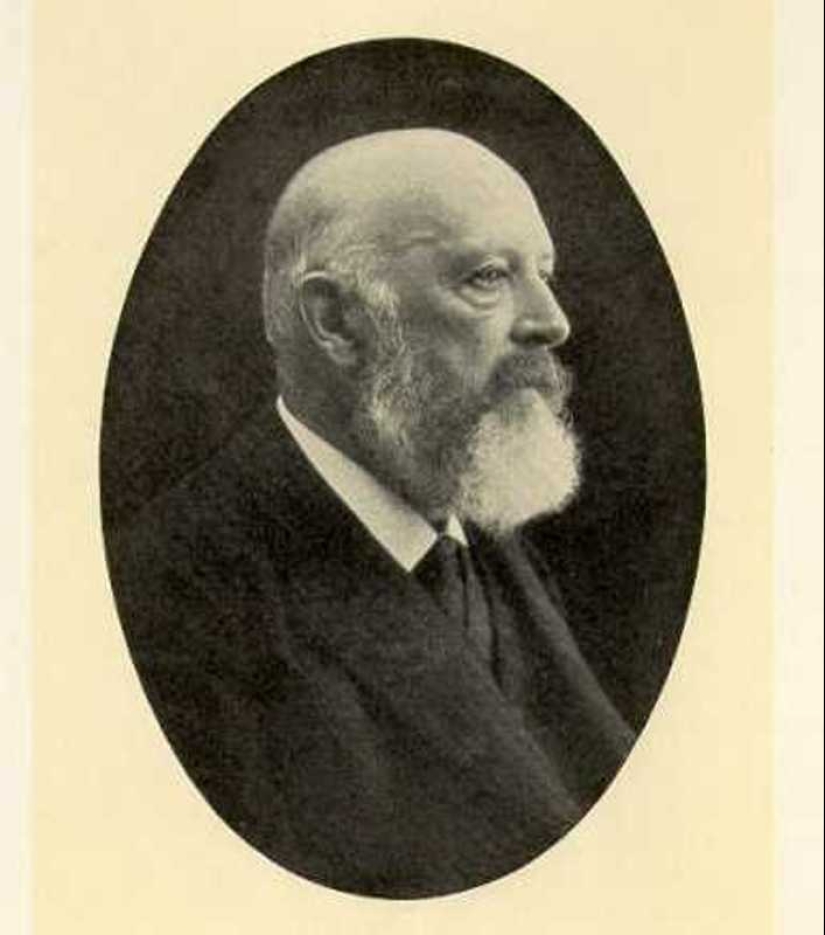
Despite this, by that time there was already a strong tradition of using other colors on national flags, such as red, blue, green and white. Purple and violet shades remained a symbol of aristocracy and did not pass into popular culture, and the use of purple on national flags never became widespread.
We wrote "not used" in the title, but there are two small exceptions. For example, the flag of Tokyo Prefecture is one of the few where purple takes center stage. This flag is a purple cloth with a white stylized image of the sun in the center.
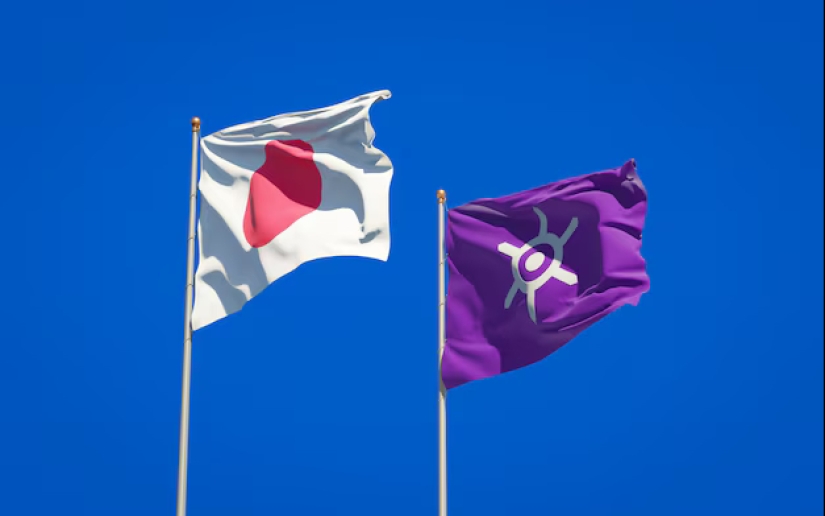
There are also two national flags with small purple elements. The flag of Dominica features a bird with a purple breast, while the flag of Nicaragua features purple in a thin rainbow stripe in the center of the coat of arms. These flags are rare examples of purple being used in national symbols.
Recent articles

Most of us loved as kids magic tricks, but someone loves them right now. However, the attitude to the hoax became a few others ...

Everything is changing. This is well and has long been known to everyone. But when something stays with you for a long time, it is ...

Compared to the 1970-ies 1980‑e years were a time of cautious optimism in new York. Boom on wall street fueled the speculative ...